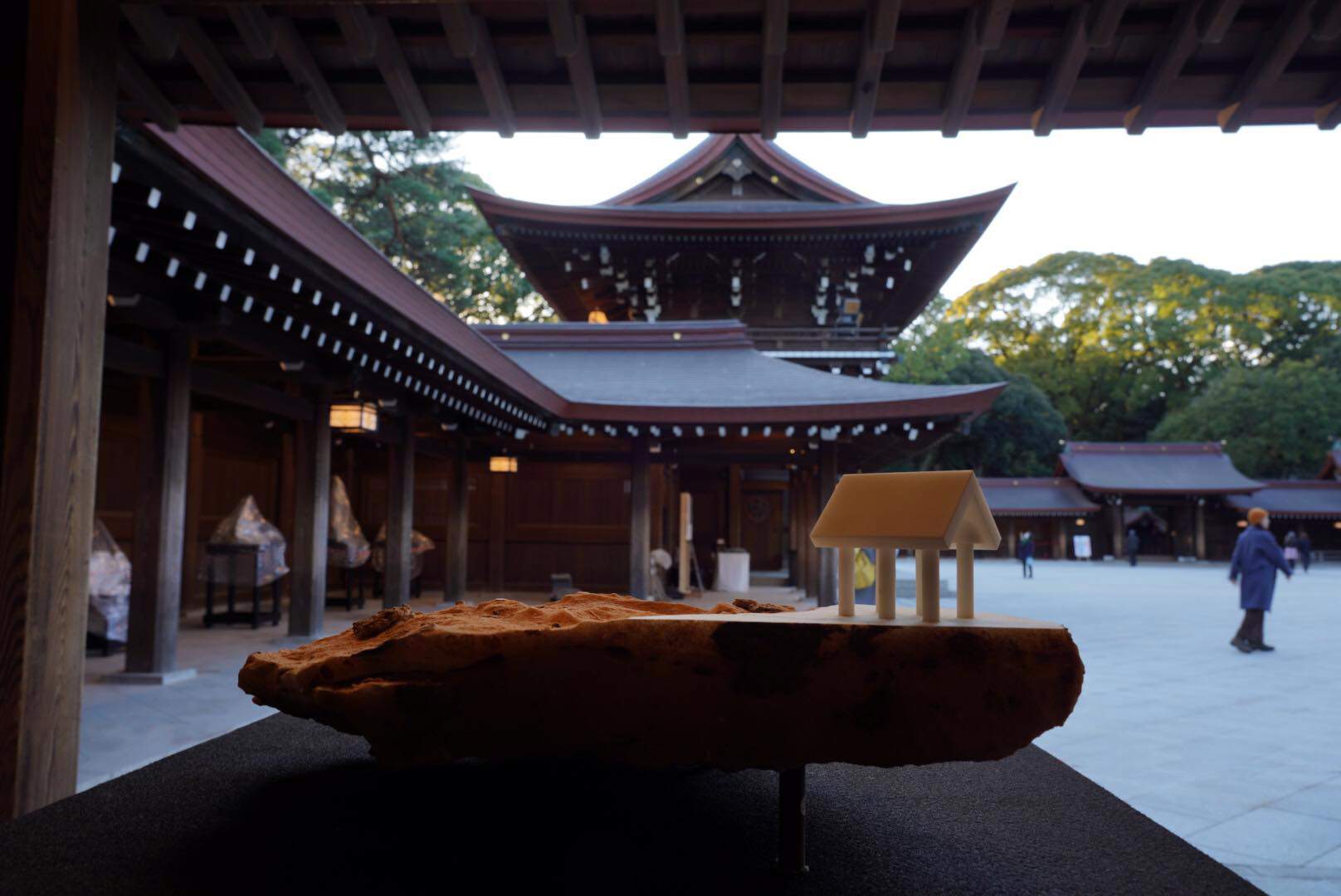Japanese sculptors working with Apuan marble on display at Tokyo's Meiji Temple
From February 14 to 28, Tokyo ’s Meiji Temple is hosting an exhibition that brings sculptors to Japan...Japanese, but active in Italy, between Carrara and Pietrasanta, and who have elected marble as their preferred material. The exhibition is titled Jingu no mori ni tsudou cyokokuka tachi (“Sculptors Gathering in the Forest of Jingu”) and features the works of thirty-one artists: Hiroyuki Asano, Hiromasa Abe, Yoshin Ogata, Shinji Kikuchi, Hiroto Kitagawa, Fumitakataka Kudo, Kiwame Kubo, Kei Sazen, Jiro Sugawara, Isao Sugiyama, So-izumi, Kenji Takahashi, Jyunya Tanaka, Atsuya Tominaga, Michiko Nakamichi, Kei Nakamura, Maki Nakamura, Rei Hanada, Kyouko Harada, Saori Harada, Kyouichi Higuchi, Kazuyoshi Hirai, Takanori Hirai, Kosei Maeda, Rieko Mouri, Satsuki Morimoto, Rintaro Yagi, Kan Yasuda, Takashi Yutaka, Watanabe Sinobu, Osamu Waragai, Osamu Nakamura. They are also joined by works by Italian Carlo Sergio Signori (Milan, 1906 - Carrara, 1988), who worked extensively for Japan.
About the exhibition, renowned architect Kengo Kuma wrote: “Augustus described Rome’s conversion from brick to marble as his greatest achievement. In fact, Augustus used Carrara and Pietrasanta marble to transform Rome. Why did he choose only stones from Carrara and Pietrasanta? Because this great leader appreciated the mysterious power of marble, and more specifically the miraculous power of materials. Materials lead human beings to change the way they think and shape civilization, and their powers are stronger than those of words or numbers. Materials determine the character of a civilization. So I had the idea of transforming the civilization of concrete into the civilization of wood by designing the wooden stadium in the Meiji Temple gardens. And now it’s time to think about materials again and reconsider the relationship between materials and human beings. It excites me to imagine Carrara and Pietrasanta sculptures together in the Temple. The dialogue between the marbles of Augustus and the wood of Emperor Meiji the Great is really worth seeing.”
Pictured is a work by Isao Sugiyama in the exhibition.
 |
| Japanese sculptors working with Apuan marble on display at Tokyo's Meiji Temple |
Warning: the translation into English of the original Italian article was created using automatic tools. We undertake to review all articles, but we do not guarantee the total absence of inaccuracies in the translation due to the program. You can find the original by clicking on the ITA button. If you find any mistake,please contact us.



























